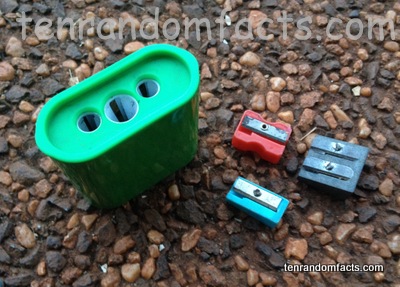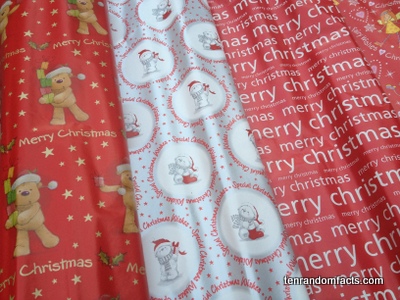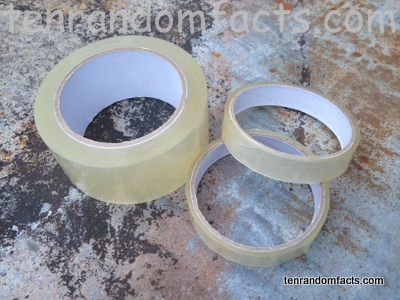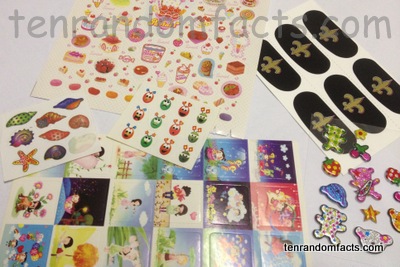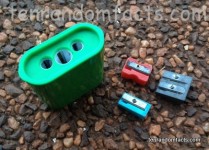
Sharpen your brain with these pencil sharpener facts.
- Pencil sharpeners are stationery items that are used to sharpen pencils, and are also known as ‘parers’, ‘toppers’, ‘pointers’ and ‘sharpeners’.
- Pencil sharpeners are available in electric, mechanical, or manual designs, and small manual sharpeners are the most common type used.
- Pencil sharpeners replaced knives, which were historically used to shave or whittle pencils into a point.
- Pencil sharpeners were first patented in 1828 by Bernand Lassimonne, a mathematician from France, and in 1847, they were made more practical by Therry des Estwaux, who is sometimes credited with the invention.
- Pencil sharpeners are commonly fixed in a container that tidies and stores the pencil shavings, until the shavings are emptied in the garbage.
- The most common type of pencil sharpener is typically manufactured in the form of a rectangular prism made from plastic, metal, or wood, with a sharp metal blade that shaves the pencil as the pencil is revolved in the hole.
- Electric powered pencil sharpeners were used as early as 1910, and were more commonly available from the 1940s.
- Pencil sharpeners have been adapted to sharpen different sizes and shapes of pencil.
- Pencil sharpener housings are manufactured into many different designs such as automobiles or animals, and are sometimes available as souvenirs or collectibles.
- Some pencil sharpeners have disk cutters or cylindrical cutters, which are often bulkier, and usually have a crank handle.
Bibliography:
History, n.d, Sacapuntas Maquinetes Sharpeners, http://www.agirones.com/web/docs/4/2/carpeta,historia/hotel,/History.html
Inventor of the Pencil Sharpener, 2014, Lifetips, http://penpencils.lifetips.com/tip/93989/pencil-sharpeners/pencil-sharpener/inventor-of-the-pencil-sharpener.html
Pencil sharpener, 2013, Wikipedia, http://en.wikipedia.org/wiki/Pencil_sharpener




